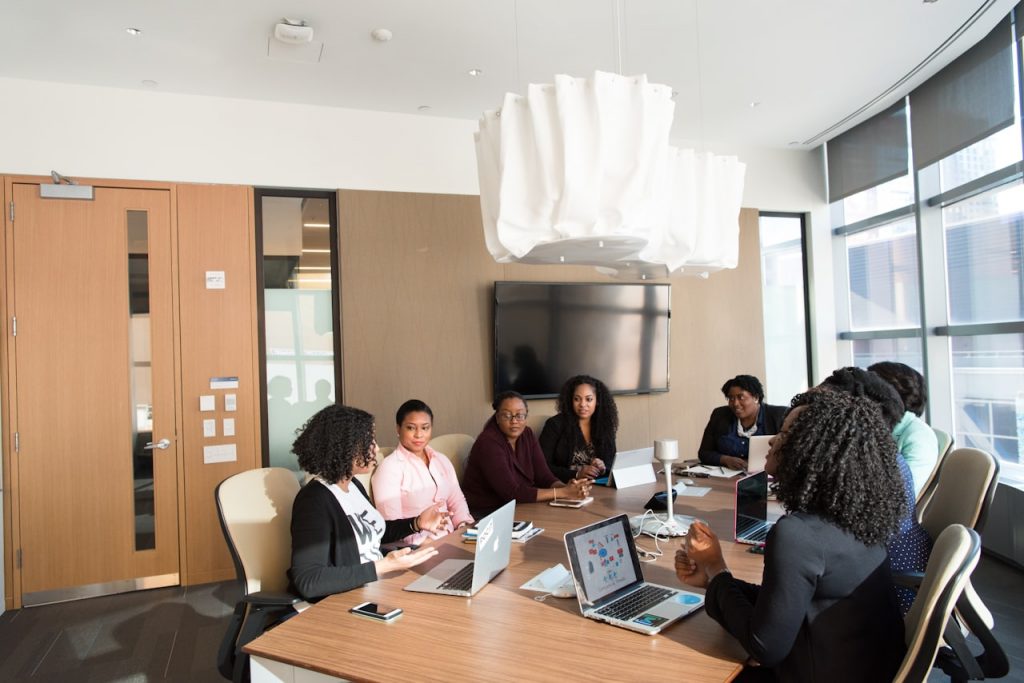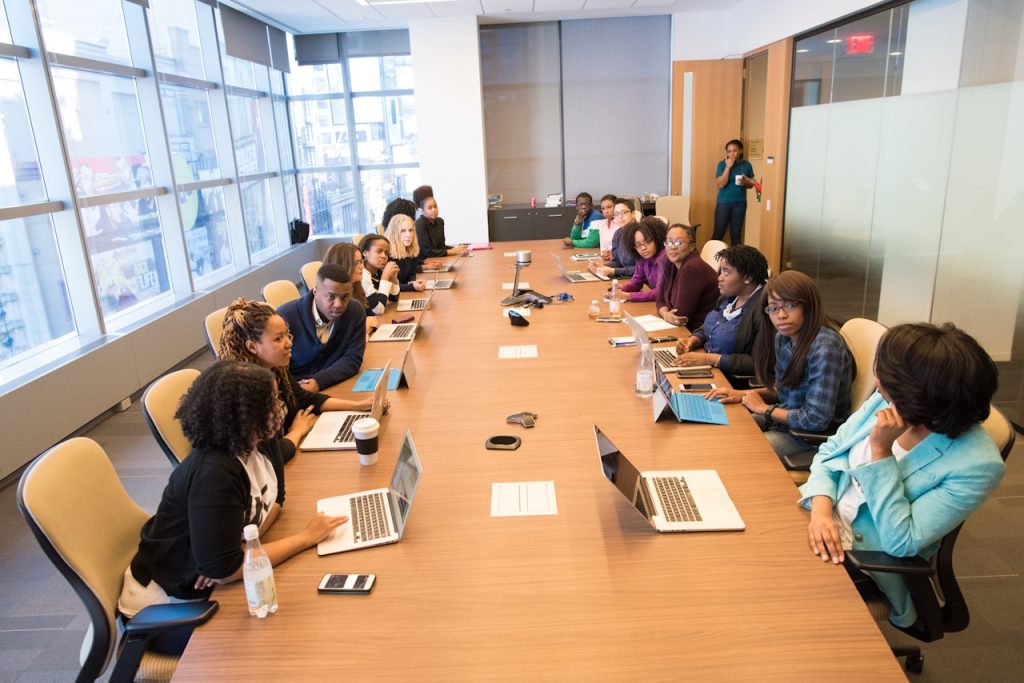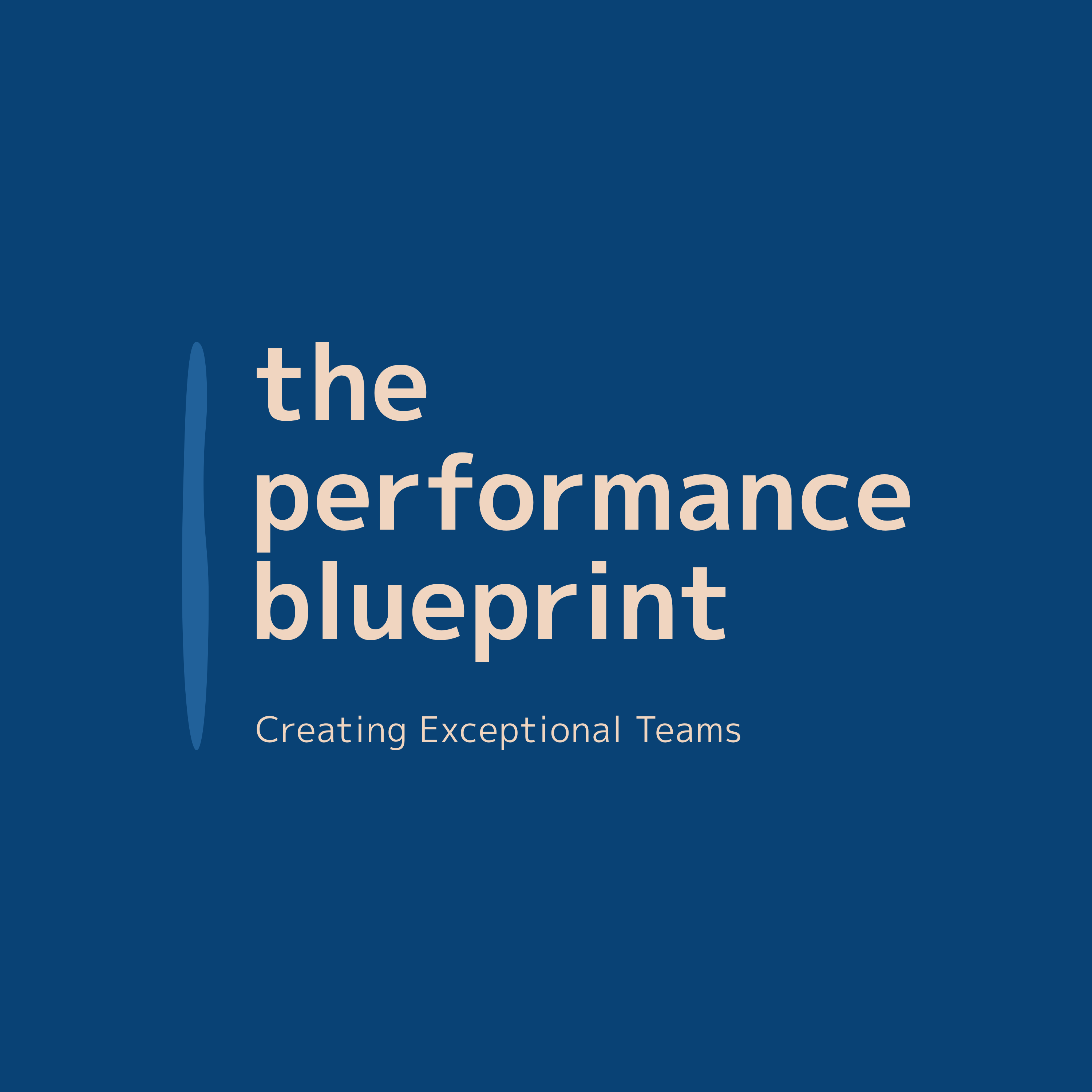The Performance Blueprint Framework Elements
- Purpose: the what and the why, the force for success
- Direction: the plan and method for producing the work, the route map to success
- Mindset: the awareness and adaptability of the people, the fuel for success
- Environment: the engagement and empowerment of the people, the conditions for success
The Performance Blueprint framework elements are fundamental development areas for optimising organisational efficiency, effectiveness and impact.
The Performance Blueprint works by following a comprehensive and engaging six steps to success intervention and tailored learning and support process.
This process equip leaders with the understanding, skills and strategies to ensure each framework element is optmised within their teams and wider organisation to achieve peak performance.
Using a diagnostic tool, an initial evaluation is undertaken against the four framework elements to identify measurable strengths and areas for development in relation to the success indicators we are looking for.
Following evaluation, tailored learning experiences, including workshops, coaching, mentoring and action orientated learning are provided and facilitated to inform planning and implementation to address the areas for development.
Details about the six steps to success, the success indicators we are looking for and the tailored learning experiences are outlined below.
Six Steps to Success Intervention and Tailored Support Process


1. Listening
An introductory call to listen carefully to client circumstances and needs, and to explore the preferred model of support.

2. Understanding
Interviews with leaders to better understand the organisation, the ambitions and challenges.

3. Diagnosis
An evaluation using a unique employee survey and representative employee focus groups to identify measurable strengths and development opportunities.

4. Planning
Design and deliver tailored learning experiences to help understand the areas for development and produce an improvement plan.

5. Implementation
Provide ongoing coaching, mentoring and action learning to support the implementation of the improvement plan.

6. Review
Repeat the evaluation process to understand measurable progress, and to determine next steps for continual improvement.

“People always strive to perform at their best, it’s the organisational conditions that hinder their efforts.”
Success Indicators We Are Looking For
Purpose
What:
People can describe what future success looks like for the organisation. People know what they are aiming for and the contribution they make.
Why:
People have a common emotional attachment to a cause greater than serving themselves. People have a strong sense of belonging to an organisation that is committed to a shared vision and set of values.
Direction
Planning:
A thread illustrating the alignment of vision, mission and objectives exists with SMART goals relevant to teams and individuals.
Production:
Activities and resources are efficiently and effectively configured for action. An ethos of evaluation for learning exists with an embedded monitoring and evaluation framework that drives and motivates continual improvement at all levels.
Mindset
Awareness:
People understand their own behaviour patterns, strengths and areas for development. This awareness enables people to better understand and appreciate the unique qualities and perspectives of others. People use their understanding of self and others to create a supportive, team-oriented mindset centered on continuous improvement.
Adaptability:
People actively position themselves, so their strengths contribute to team performance. People understand how to build and maintain self-confidence and understand how to respond and adapt to challenges and change.
Environment
Engagement
A person-centered can-do culture exists involving a coaching ethos with a reduced emphasis on hierarchy and bureaucracy. Balanced systems of control are in place for governance and management with effective open, honest two-way communication.
Empowerment:
Lean, accountable management structures exist, involving devolved leadership where people are supported and trusted to plan, make decisions and take appropriate risks. People are supported to own and pursue their personal development and wellbeing.

“Learning thrives when individuals are encouraged to take action, push beyond their comfort zone, embrace risks, and receive support to evaluate and adapt.”
Tailored Learning Experiences
Purpose
- Understanding the power of purpose
- Creating a shared vision and mission
- Determining core values
- Aligning values with purpose
- Embedding purpose within organisational DNA
Direction
- Translating purpose into action
- Implementing tools for effective planning
- Setting SMART goals
- Aligning team and personal goals
- Embedding evaluation for learning
Mindset
- Understanding self and others
- Understanding EQ and regulating emotions
- Cultivating a Growth Mindset and positive action
- Communication and relationship management
- Enhancing motivation and engagement
Environment
- Building trust and authentic connection
- Creating empowerment and autonomy
- Implementing lean/ balanced systems of control
- Creating a person centred can do culture
- Maintaining workforce health and well-being
